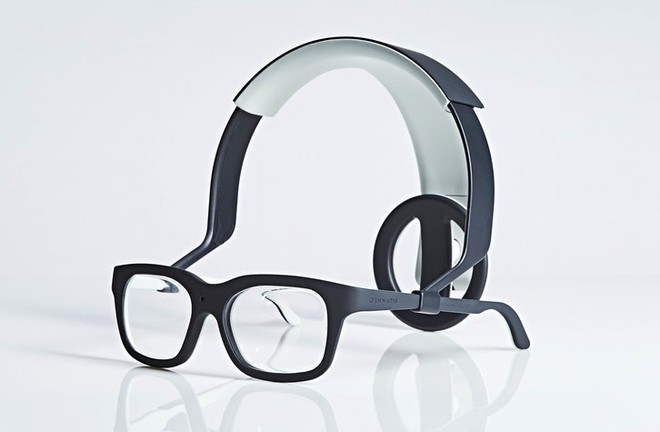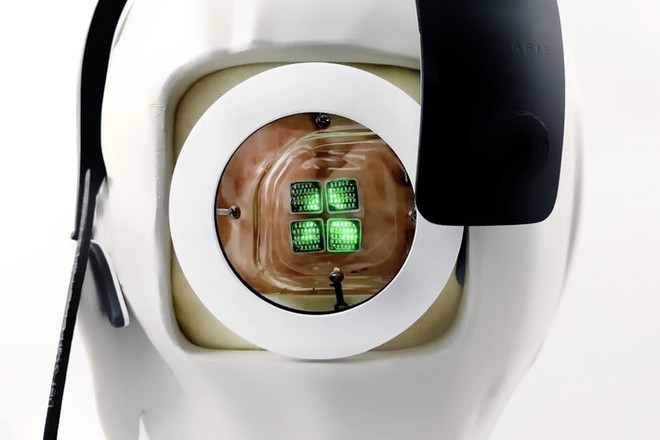The artificial vision system with a chip attached to the brain will help the visually impaired “see” again, preparing to be tested on people.
- Tram Ho

Biologically implanted electronic devices are no longer science fiction, only that they are not advanced enough to give us superpowers. A team of researchers at Monash University, Australia is trying to test the artificial vision system in humans; They want to bring light to the blind in a very different way.
The Gennaris system works by bypassing a barrier set up by damaged optic nerves that block signals from the retina to the brain’s image processing part. Gennaris does so using a set of headsets that have a camera, wireless transmitters, a “image processor” and a chip with electrodes attached directly to the brain.

The camera collects the images and sends them to the image processor, and then the signal is transmitted to the chips mounted on the brain. The chip is responsible for converting data into electrical impulses that excite the brain. The system has been tested on sheep for thousands of hours without incident, and the team at Monash University now has a license to test Gennaris in humans.
Although the appearance is not very eye-catching, but one cannot underestimate the capabilities of the headband. It allows the visually impaired to move around indoors and outdoors, knowing where there are objects that are blocking walking. This will be an effective “upgrade” that allows the visually impaired to safely live independently.
The Gennaris project has been running for 10 years with the financial backing of the Australian government, and the team looks forward to receiving new funds soon in the last months of 2020.
Source : Genk
